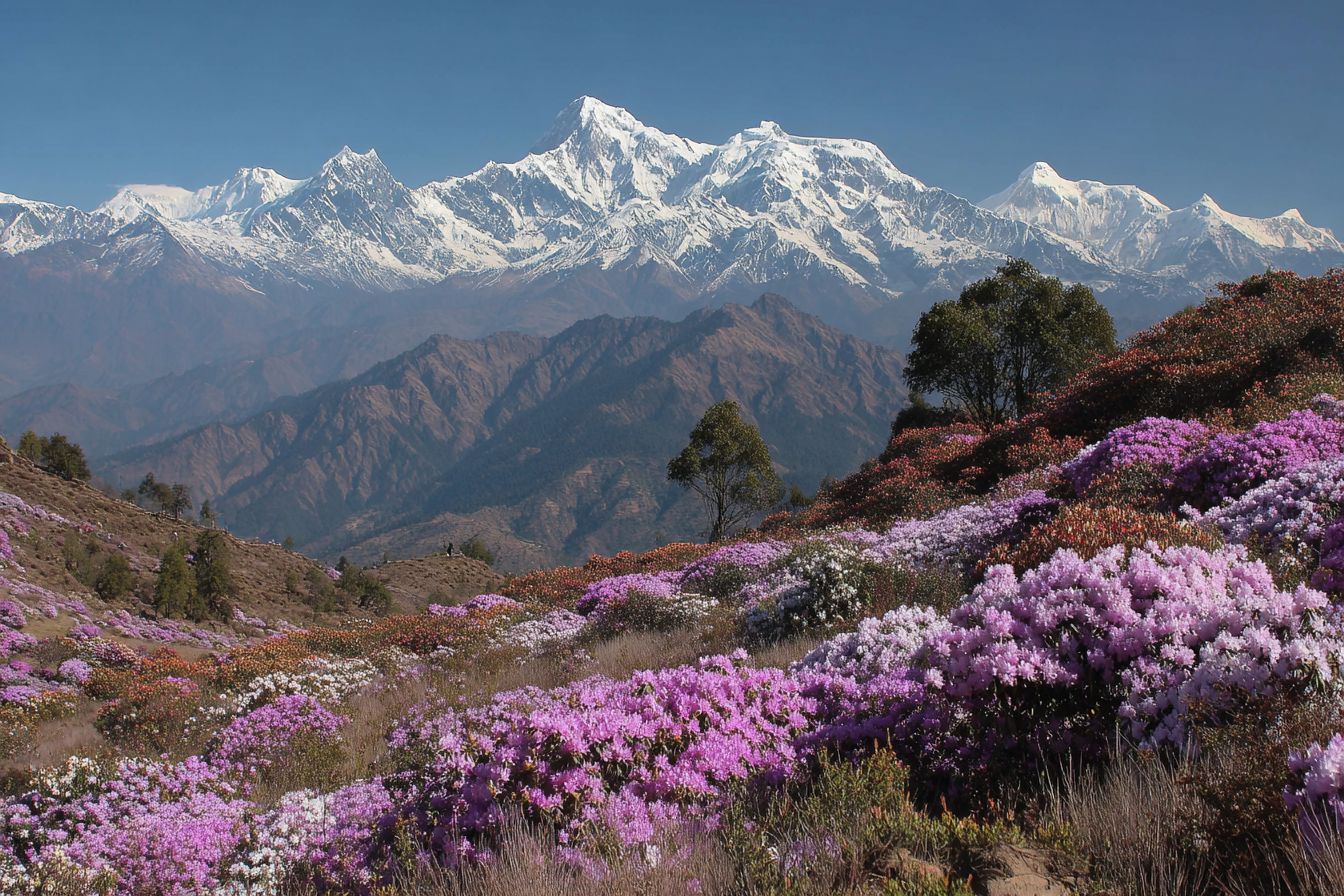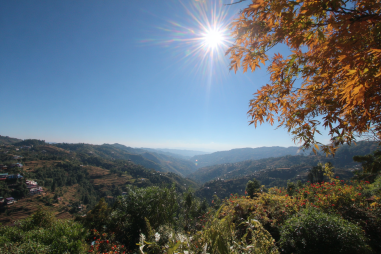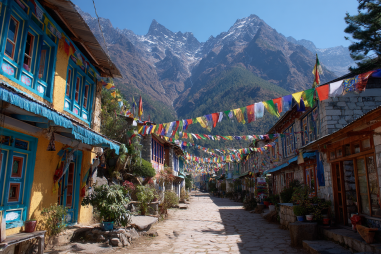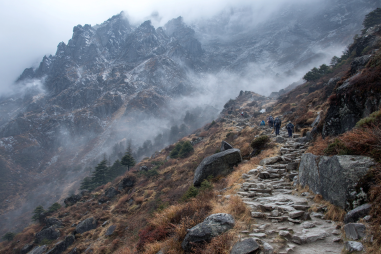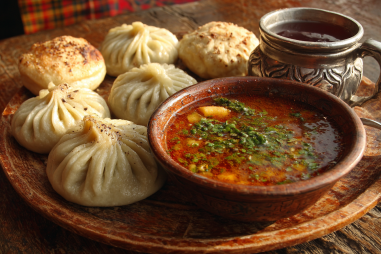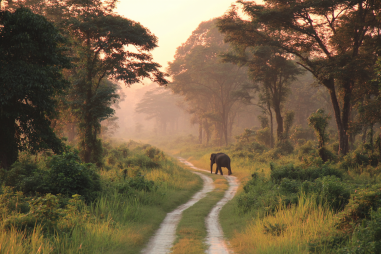Planning a trip to Gorkha, the historic and scenic district nestled in Nepal, is an exciting adventure. To make the most of your visit, knowing the best time to visit Gorkha is crucial. Whether you’re seeking lush landscapes, vibrant cultural festivals, or exhilarating trekking opportunities, the timing of your travel can greatly influence your experience. This guide walks you through Gorkha’s seasons, highlighting the unique charms of each, so you can pick the perfect period for your journey.
Overview of Gorkha’s Climate and Seasons
Gorkha enjoys a diverse climate shaped by its varying elevation, ranging from subtropical lowlands to high mountainous regions. Generally, the district experiences four main seasons: spring, summer monsoon, autumn, and winter. Each season brings a distinct atmosphere and landscape, making Gorkha a year-round destination with different offerings. Understanding these patterns will help travelers decide when to visit based on weather preferences and planned activities.
Spring: Rhododendron Blooms and Pleasant Weather
Spring, spanning from March to May, is one of the most beautiful times to visit Gorkha. During this season, the region bursts into color as countless rhododendrons bloom, cloaking the hillsides in vibrant red, pink, and white. The weather is generally warm but comfortable, with temperatures ranging from mild to pleasantly warm during the day.
This is an ideal time for nature lovers and photographers to explore Gorkha’s flowering forests and scenic viewpoints. The air is fresh, and the visibility is excellent, making it perfect for trekking and sightseeing. Spring also offers a chance to experience local culture in a flourishing natural setting.
Autumn: Clear Skies and Trekking Prime Season
Autumn, from September to November, is often considered the best time to visit Gorkha, especially for trekkers. After the monsoon rains, the skies clear up, revealing stunning panoramic views of the Himalayas and the surrounding hills. The weather is cool and stable, ideal for trekking, sightseeing, and outdoor adventure activities.
During this season, the landscapes are lush and green, and the rivers flow robustly, perfect for those looking to enjoy nature at its peak. The popularity of autumn means the trails and towns can get busier, but it’s a fantastic period to immerse yourself in Gorkha’s natural beauty and cultural vibrancy.
Monsoon: Pros and Cons for Travelers
The monsoon season, lasting from June to August, brings heavy rainfall to Gorkha. While the rains rejuvenate the forests and rice terraces, making the district greener than ever, this period can be challenging for visitors. Trails often become slippery and muddy, increasing the risk of landslides in some areas.
However, traveling during the monsoon has its advantages too. The landscape is breathtakingly lush, waterfalls are full and impressive, and there are fewer tourists, providing a more peaceful experience. If you don’t mind the rain and want to avoid crowds, the monsoon can be a unique time to visit, just be sure to prepare accordingly.
Winter: Cooler Temperatures and Fewer Crowds
Winter, from December to February, brings cooler temperatures to Gorkha, especially in the higher elevations where it can get quite cold at night. Days are sunny but crisp, and the air is clear, offering spectacular views of snow-capped peaks.
Because winter is less popular among tourists, you can enjoy a quieter atmosphere and lower prices in accommodation and tours. However, some higher-altitude trails might be inaccessible due to snow. Winter travelers who prefer mild temperatures and solitude will find this season appealing, especially when layering up against the chill.
Special Events and Festivals by Season
Gorkha is rich in cultural heritage, and its festivals add a vibrant dimension to any visit. Timing your trip to coincide with local events can be rewarding:
- Spring: The blooming season coincides with festivals like Holi, the festival of colors, celebrated with enthusiasm across Nepal.
- Autumn: Dashain and Tihar are celebrated during this season, marking some of Nepal’s biggest and most colorful festivals with family gatherings, rituals, and festivities.
- Monsoon: Although quieter on the festival front, some small-scale rituals and local fairs take place during this time.
- Winter: The Tibetan Buddhist community in the region may observe Losar, the Tibetan New Year, with rituals and celebrations.
Participating in or witnessing these festivals gives travelers deeper insight into the traditions and community spirit of Gorkha.
Packing Tips Based on Season
What to pack for Gorkha depends largely on the time of year you visit:
- Spring: Light layers, a rain jacket for occasional showers, comfortable trekking shoes, sunscreen, and a hat.
- Autumn: Warm layers for cool mornings and evenings, trekking boots, sunglasses, and sun protection.
- Monsoon: Waterproof gear including a sturdy raincoat and waterproof bags, quick-dry clothing, mosquito repellent, and sturdy footwear with good grip.
- Winter: Warm clothing including thermal wear, insulated jackets, gloves, and hats. Layers are key as temperatures can vary greatly during the day.
Regardless of the season, bringing a good camera, a reusable water bottle, and a first-aid kit is always advisable when traveling in Gorkha.
Timing Your Trip for the Best Experience
Choosing the best time to visit Gorkha depends on your travel priorities. If you’re drawn to vibrant flora and moderate weather, spring’s rhododendron blooms and pleasant temperatures are perfect. For breathtaking mountain views and ideal trekking conditions, autumn is unbeatable.
If you want to experience lush green landscapes and don’t mind the rain, the monsoon season can offer a peaceful escape with fewer crowds. Alternatively, winter visitors can enjoy clear skies, cold crisp air, and tranquil surroundings, though some trails may be less accessible.
By picking your travel time thoughtfully, you’ll maximize your enjoyment of Gorkha’s natural beauty, cultural richness, and outdoor adventures. Wherever you choose to visit, Gorkha promises memorable experiences and warm hospitality year-round.

